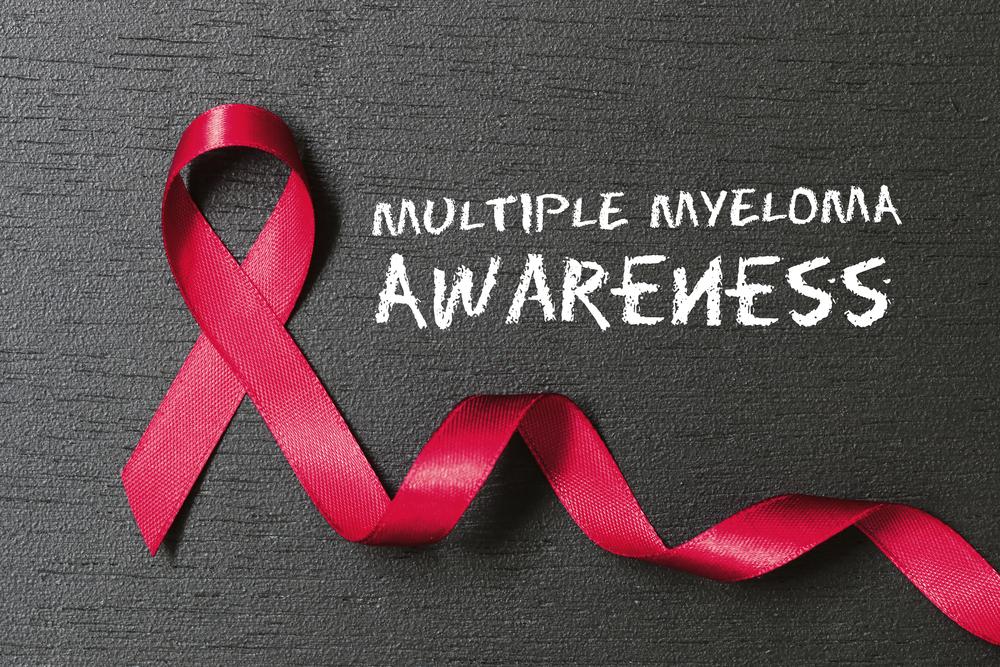Diagnosis and Management Strategies for Multiple Myeloma
Discover effective methods for diagnosing and managing multiple myeloma, a serious blood cancer. Learn about early detection techniques such as urine and blood tests, bone marrow analysis, and treatment options including targeted therapy, chemotherapy, steroids, and stem cell transplants. Early diagnosis is vital for successful intervention, improving patient outcomes. Consult healthcare professionals for personalized treatment plans and advice.

Diagnosis and Management Strategies for Multiple Myeloma
Advancements in medical science have reduced mortality rates for many illnesses, yet some cancers remain difficult to cure. Cancer, especially in advanced stages, can be fatal, making early detection crucial. One such condition affecting individuals aged 45 and above is multiple myeloma.
Multiple Myeloma is a blood cancer originating in the bone marrow—the site where blood and plasma cells are produced. Due to unknown factors, abnormal plasma cells can grow uncontrollably, surpassing healthy cells within the marrow.
Overtime, these proliferating cells form tumors, with multiple tumors often present in an individual with this condition. Detecting and treating multiple myeloma is most effective when diagnosed early.
Methods for diagnosing multiple myeloma include:
Urine Analysis: The presence of M proteins, including Bence Jones proteins, in urine indicates possible multiple myeloma.
Blood Tests: Blood screening revealing M proteins or beta-2 microglobulin suggests the disease.
Bone Marrow Analysis: Bone marrow biopsies, sometimes using Fluorescence In Situ Hybridization (FISH), help detect myeloma cells and genetic abnormalities.
Approaches to Treating Multiple Myeloma
Early diagnosis allows for effective management of multiple myeloma through various therapies:
Targeted Therapy: Focuses on abnormal molecular pathways within myeloma cells to inhibit their growth.
Chemotherapy: Uses drugs to eliminate rapidly dividing cancer cells, administered via infusion or orally.
Corticosteroids: Help regulate immune response and suppress cancer cell growth.
Stem Cell Transplant: Involves harvesting stem cells, administering high-dose chemotherapy to destroy cancer, then reinfusing stem cells to restore healthy blood cell production.
Important Notice: The information provided herein is for educational purposes only. It should not replace professional medical advice. Always consult qualified healthcare providers for diagnosis and treatment decisions.










